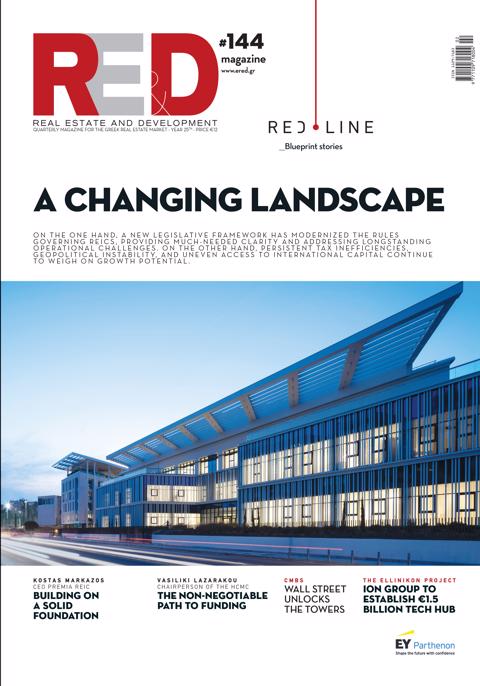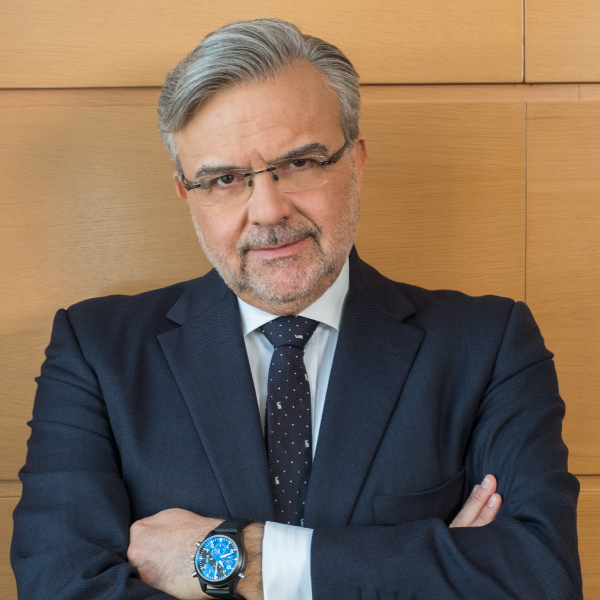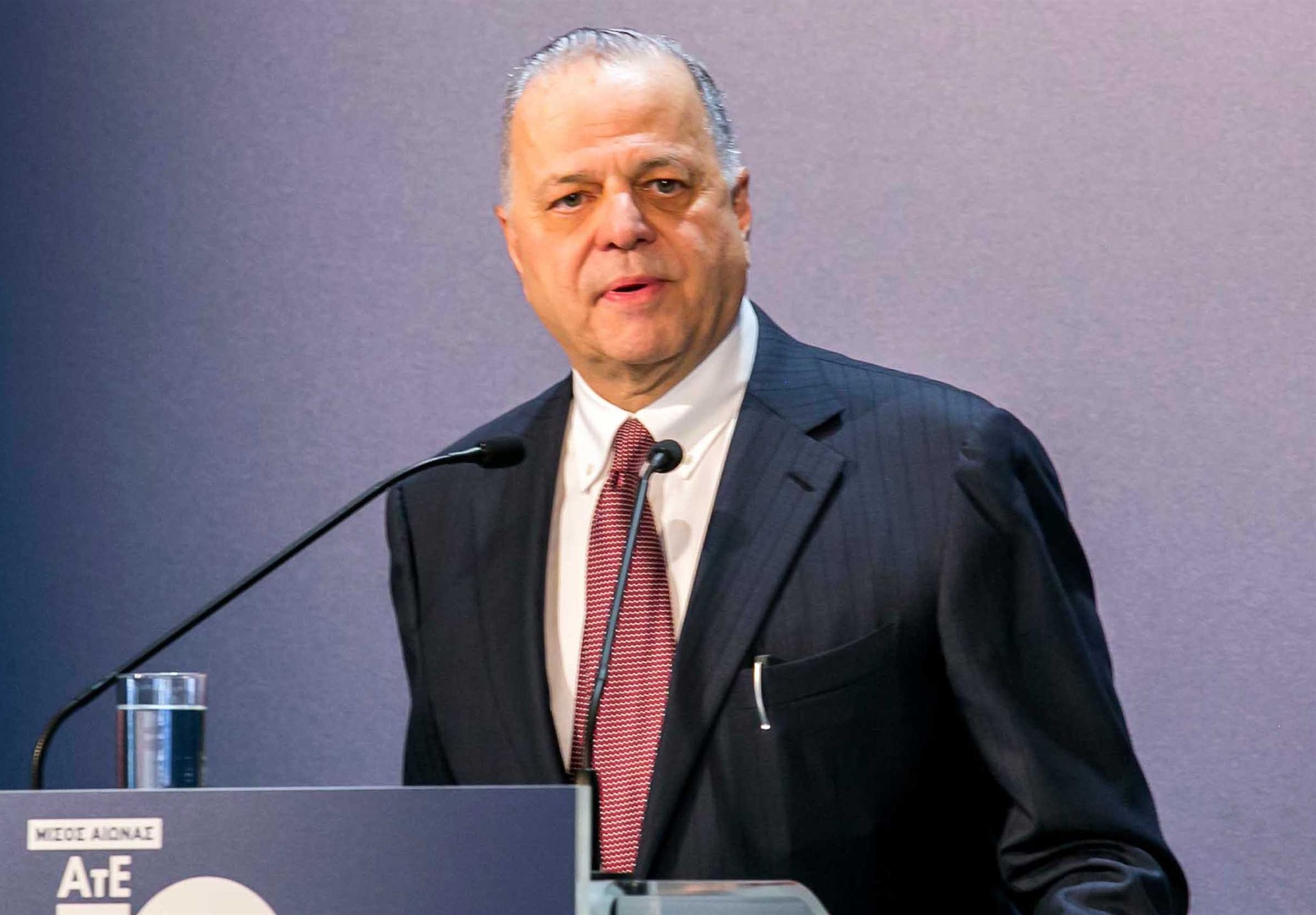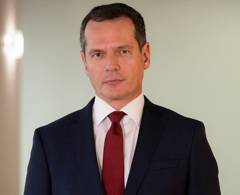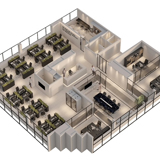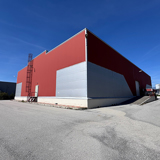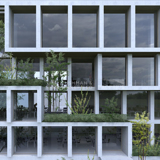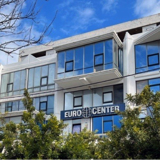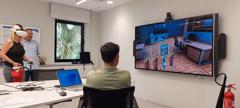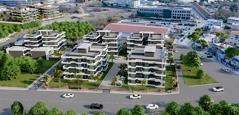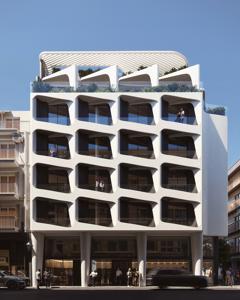The initiative, initially announced at CES 2020 and construction commenced by Toyota in 2021, spans an area of 175 acres at the foothills of Mount Fuji, on the site of Toyota’s former factory in Shizuoka Prefecture. The goal is to accommodate approximately 2,000 residents starting in the fall of 2025, primarily company employees and their families, as well as researchers who will test technologies in real time and real-world conditions.
Woven City is designed not as a future city, but as an experimental ecosystem for solutions that can be broadly applied in the cities of tomorrow. Beyond humanoid robots assisting with daily tasks, the city will integrate sensors, artificial intelligence, and big data to monitor and optimize its operations.
The entire infrastructure is designed to facilitate autonomous vehicle traffic and the use of alternative energy sources, primarily hydrogen. Three distinct types of roads — for vehicles, pedestrians, and personal mobility devices — coexist within a unified urban plan, overseen by the architectural firm Bjarke Ingels Group (BIG).
However, Toyota’s vision extends beyond sustainable mobility to creating an environment where technology is seamlessly and effectively integrated into residents’ lives. Robots will collect waste, assist the elderly, deliver goods, and gather data to manage energy and resources efficiently.
At the heart of the city will be a digital twin — a virtual replica of Woven City that continuously monitors and analyzes urban activity, enhancing real-time decision-making.
While the project raises important questions regarding privacy, data security, and automation, there is no doubt that Woven City will serve as a testbed for the future of robotic urban living. Toyota aims to redefine the role of automakers—not only as providers of mobility but also as visionaries of integrated digital infrastructures.
If successful, Woven City is likely to become a model for smart, human-centered, and technologically advanced cities, with potential applications in densely populated areas facing climate challenges and demographic shifts.

